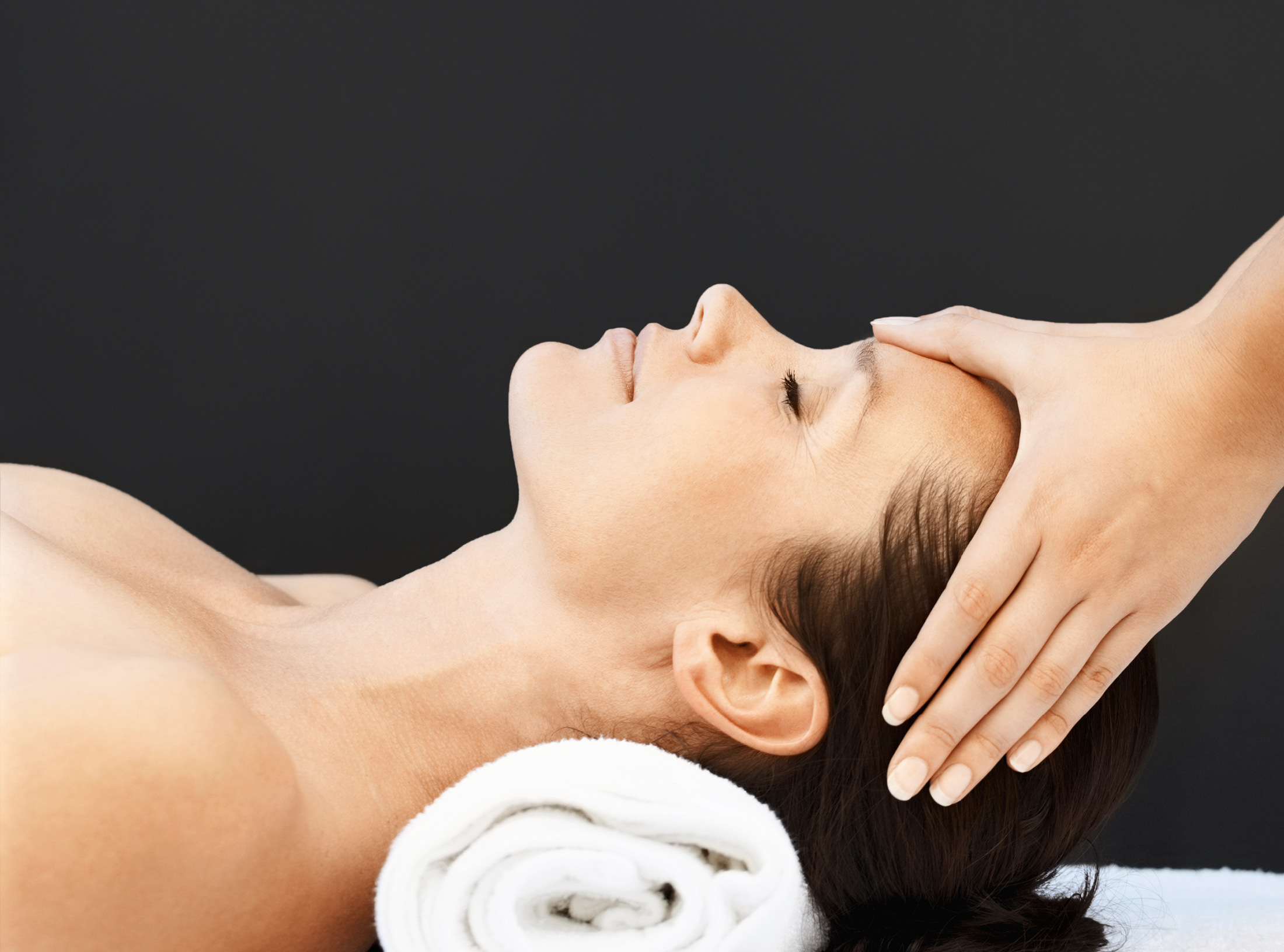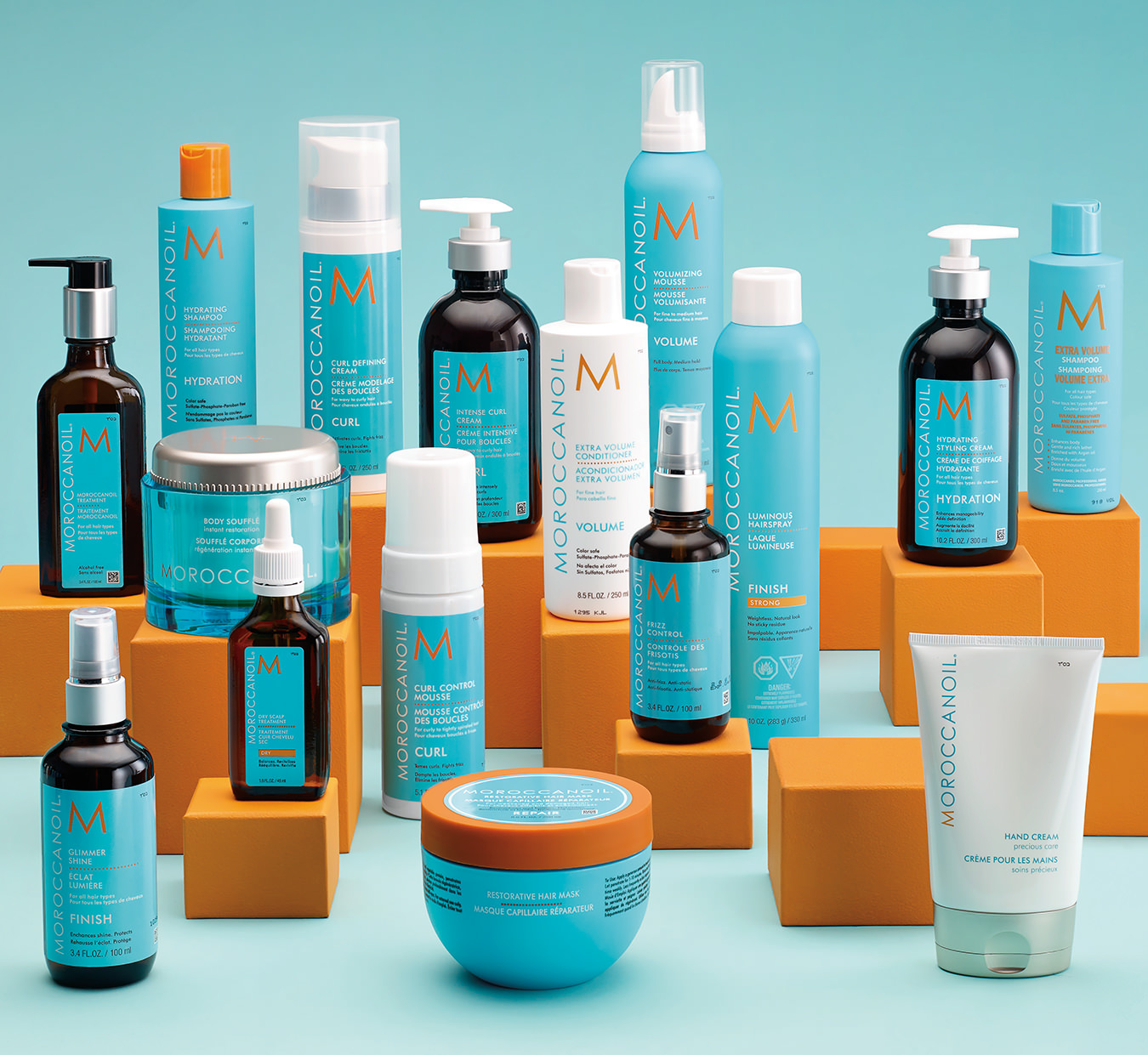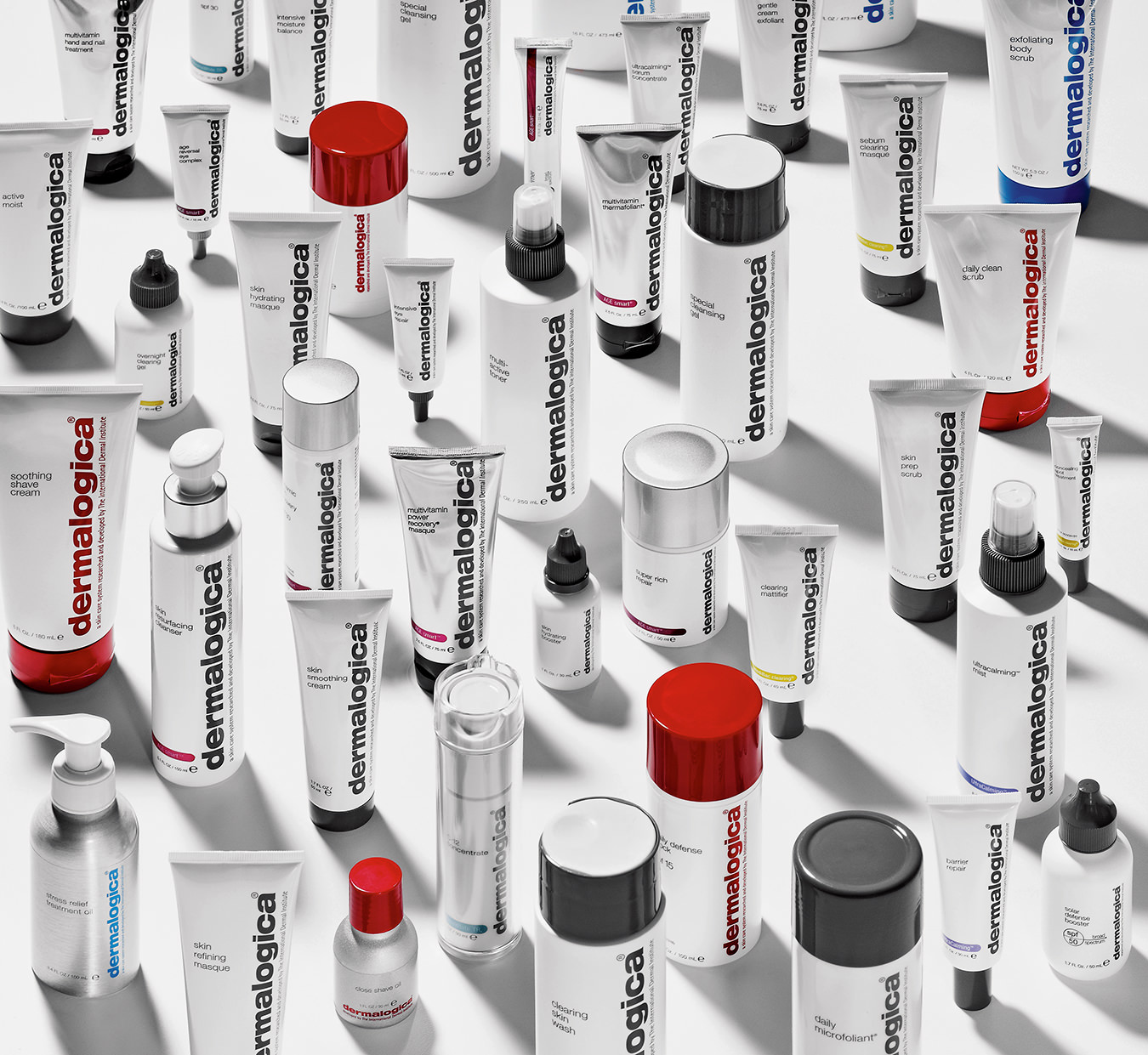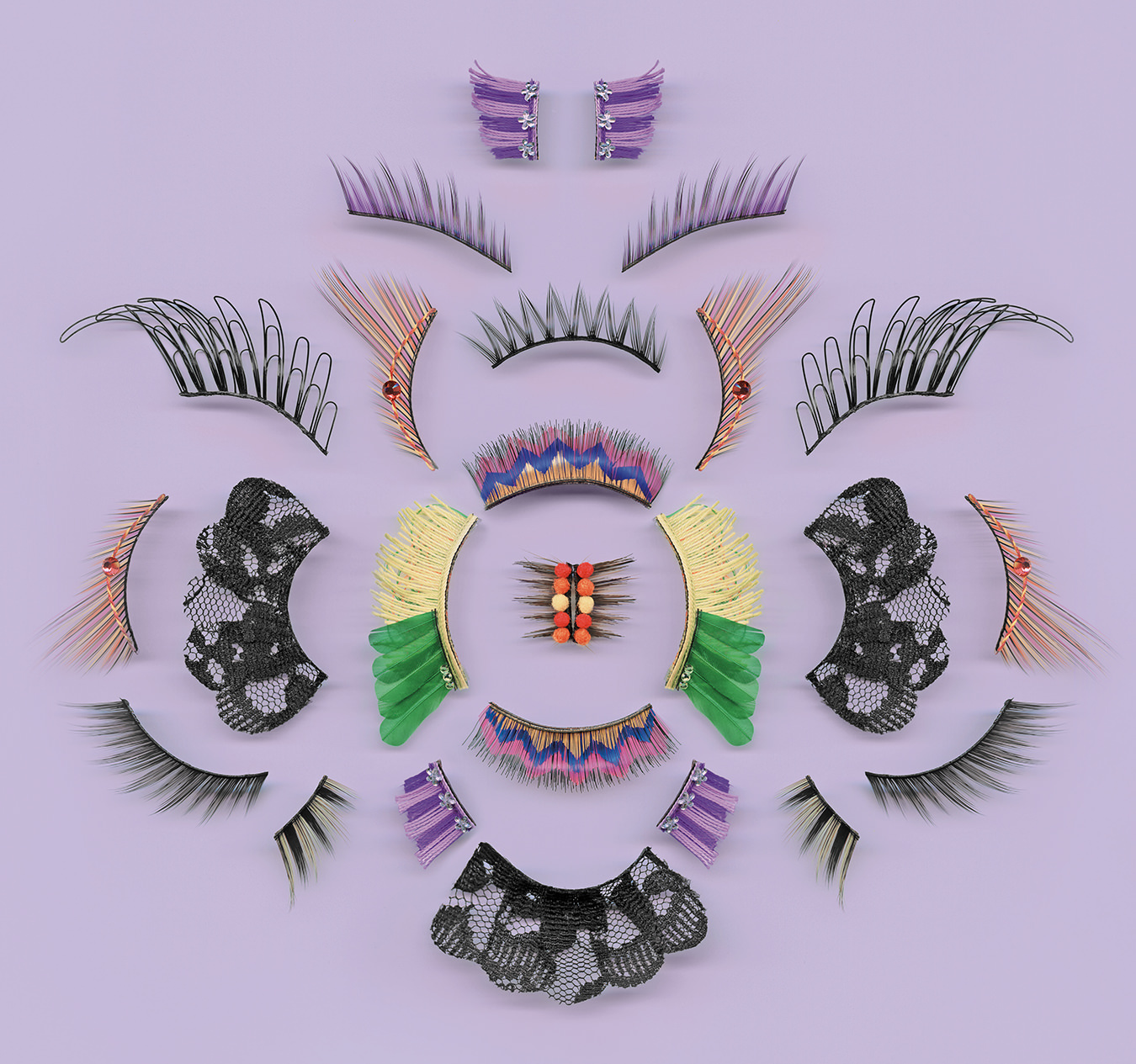The Benefits of Facial Massage
Magic touch.

Growing up, the skin-care advice I constantly received was to keep my hands off my face. I was instructed to touch my face as infrequently as possible—ideally only to wash it, after which I should carefully pat, not rub, it dry with a soft towel. This isn’t bad counsel—yanking at your face won’t do you any long-term favours, but it is a bit of an overgeneralization. Increasingly, North Americans are embracing what many Eastern societies have known for centuries: when it comes to skin care, a good touch can work wonders.
“We use our facial muscles so much, just speaking and eating and expressing ourselves, we can hold a lot of mental tension in our face.”
The fundamentals of face massage are fairly straightforward—here is a treatment you can perform on yourself, for free, for any amount of time. A drop of oil or cream is required for slip, but almost any skin product will do. You can use a roller or a flat, tile-like gua sha—simple tools popularized by ancient China’s most famous beauties and frequently made of jade, a stone believed to harbour healing energies. Or you can simply use your own clean hands. Considering the average American woman is estimated to spend up to $300,000 on “miracle ingredient”-laden skin-care products in her lifetime, the sheer accessibility of face massage is liberating. Of course, whether it works for you—has its desired effect of stimulating circulation for a bright complexion, draining excess lymph fluid for a slimmed and depuffed appearance, and relaxing connective tissues to smooth fine lines—and how powerful it is depends on both consistency and technique, the latter best learned from an expert.
“Our facelift massage is really wild,” says Kathryn Sawers, founder of Vancouver’s Collective Skin Care. “I work on one half of the face at a time, and with some people you literally see an instant lift.” The rudiments of face massage are incorporated into basic aesthetician training, but Sawers enhanced her expertise by enrolling in the London Centre of Indian Champissage, where students learn traditional Indian acupressure techniques, lymphatic drainage, and fascia work aimed at unwinding adhesions in the connective tissues of the face. “Because we use our facial muscles so much, just speaking and eating and expressing ourselves, we can hold a lot of mental tension in our face, and so that facelift massage is really a holistic way to relieve tension and improve your skin.” Sawers demonstrates a sequence of quick, upward-and-outward stroking movements from jawbone to cheekbone, progressing to the laugh lines, under eyes, and forehead. Describing her movements in type any further would be a fool’s errand—you have to see, and feel, what facial massage is all about in person (or at the very least on YouTube, where videos abound). However, one DIY move I can impart is this: take the middle and index finger of each hand and press them against the spot on your jaw where your back molars meet, working them around in toonie-sized circles. This should be painful, but like that of any deep tissue massage, this pain is good.
“Where your molars meet is really a place to massage, because if you don’t massage that area, the muscles can become overdeveloped and your face square-ish,” says Liah Anderson, a key account manager of Korean skin-care line Sulwhasoo. “Tight means there is inflammation and tension, so you need to release the tension where it hurts so qi can flow liberally.” Anderson speaks of the Eastern concept that a person’s vital energy is carried in the blood through the concept of “qi” or “chi”. As we age, the slowing of the circulatory system allows old blood to linger in the body and face, where it can contribute to undesirable things—from acne to asymmetry.
Face massage is a powerful tool with the capacity to create noticeable aesthetic results.
Korean beauty standards emphasize a slender, “V-shaped” jawline, the pursuit of which has driven face massage to its furthest extreme with Golki therapy. Invented in 1979 by Lee Byung-Chul, founder of Korean massage chain Yakson House (which translates approximately as “mother’s hand”), Golki is a painful massage technique that involves a trained practitioner kneading skin and muscle against bone, hard enough to compress and realign a face into a slimmer shape in anywhere from 20 to 50 sessions depending on your goal. It may sound odd, but our bones do shift over time—think of teeth changing position after the removal of braces—and can be nudged into different forms. Golki is an extreme non-surgical way to change the shape of your face and is not to be attempted by neophytes.
While it may lack the instant and dramatic impact of injectables or surgery, face massage is a powerful tool with the capacity to create noticeable aesthetic results. Additionally, much like foam-rolling tight thighs, face massage offers the therapeutic benefits of relieved tension; some use it not to combat fine lines, but headaches. Of course, there is also the visceral, tactile satisfaction of working with your hands: coaxing your face into radiant pliancy, smoothing fingers over fine lines as if to disappear them, coaxing pillows of subcutaneous lymph to drain—then appraising your own handiwork in the mirror. To think, such power has always been at your fingertips.
Photo by GlobalStock.
_________
Never miss a story. Sign up for NUVO’s weekly newsletter, here.




